just my crazyness and a Lot of Kpop ( that will be my ultimate obsession)
Don't wanna be here? Send us removal request.
Photo




[1990.04.08 - 2017.12.18] It’s alright, it’s alright. there’s still a lot of time until spring comes
4K notes
·
View notes
Photo










Street view of Chinese city in the future by 手指断了a | mostly inspired by Chengdu
20K notes
·
View notes
Text
Ten Interesting facts about Neptune
Some of the earliest recorded observations ever made through a telescope, Galileo’s drawings on 28 December 1612 and 27 January 1613 contain plotted points that match up with what is now known to be the position of Neptune. On both occasions, Galileo seems to have mistaken Neptune for a fixed star when it appeared close — in conjunction — to Jupiter in the night sky; hence, he is not credited with Neptune’s discovery.
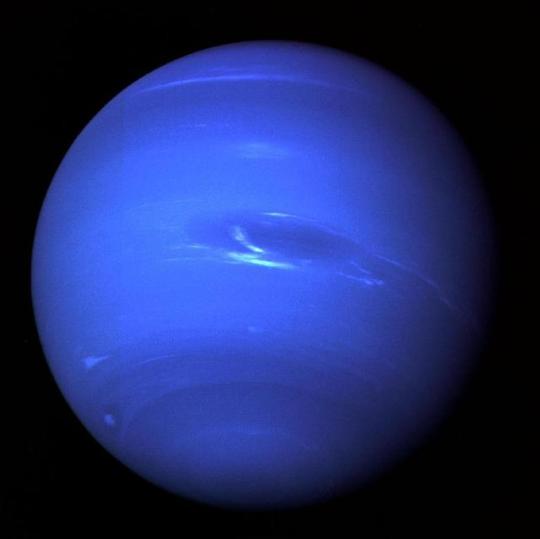
Neptune is the eighth and farthest known planet from the Sun in the Solar System. In the Solar System, it is the fourth-largest planet by diameter, the third-most-massive planet, and the densest giant planet.
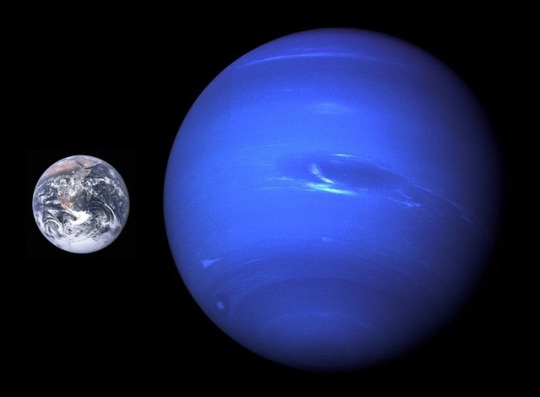
Neptune is 17 times the mass of Earth and is slightly more massive than its near-twin Uranus, which is 15 times the mass of Earth and slightly larger than Neptune.
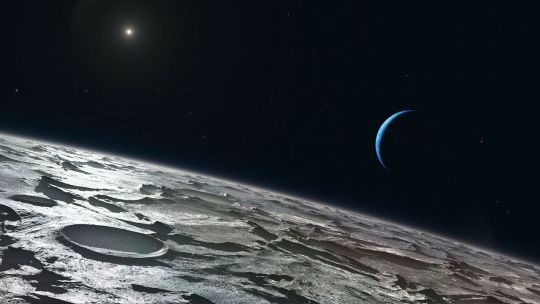
Neptune orbits the Sun once every 164.8 years at an average distance of 30.1 AU (4.5 billion km). It is named after the Roman god of the sea and has the astronomical symbol ♆, a stylised version of the god Neptune’s trident.

Only one mission has flown by Neptune – Voyager 2 in 1989 – meaning that astronomers have done most studies using ground-based telescopes. Today, there are still many mysteries about the cool, blue planet, such as why its winds are so speedy and why its magnetic field is offset.
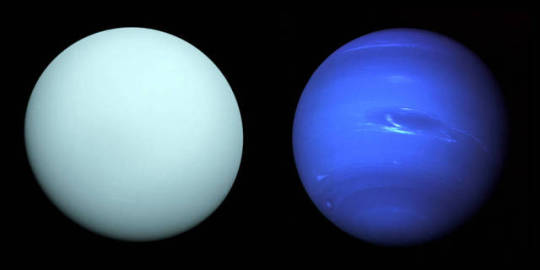
Like Jupiter and Saturn, Neptune’s atmosphere is composed primarily of hydrogen and helium, along with traces of hydrocarbonsand possibly nitrogen, but it contains a higher proportion of “ices” such as water, ammonia, and methane. However, its interior, like that of Uranus, is primarily composed of ices and rock, which is why Uranus and Neptune are normally considered “ice giants” to emphasise this distinction. Traces of methane in the outermost regions in part account for the planet’s blue appearance.
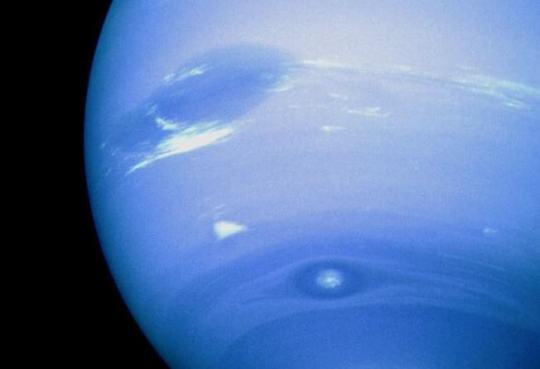
In contrast to the hazy, relatively featureless atmosphere of Uranus, Neptune’s atmosphere has active and visible weather patterns. For example, at the time of the Voyager 2 flyby in 1989, the planet’s southern hemisphere had a Great Dark Spot comparable to the Great Red Spot on Jupiter. These weather patterns are driven by the strongest sustained winds of any planet in the Solar System, with recorded wind speeds as high as 2,100 kilometres per hour (580 m/s; 1,300 mph).
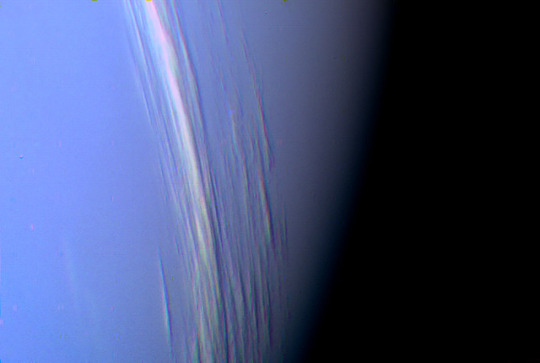
Because of its great distance from the Sun, Neptune’s outer atmosphere is one of the coldest places in the Solar System, with temperatures at its cloud tops approaching 55 K (−218 °C; −361 °F). Temperatures at the planet’s centre are approximately 5,400 K (5,100 °C; 9,300 °F).

Neptune has a faint and fragmented ring system (labelled “arcs”), which was discovered in 1982, then later confirmed by Voyager 2.
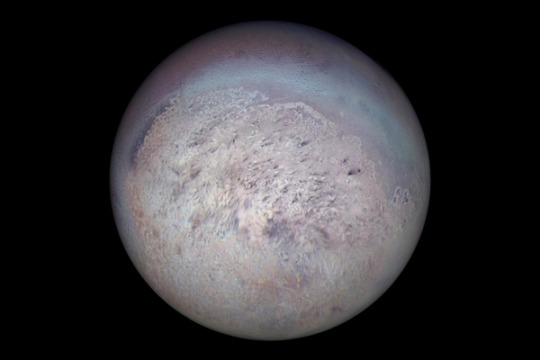
Neptune has 14 known moons, named after lesser sea gods and nymphs from Greek mythology. The largest by far is Triton, whose discovery on Oct. 10, 1846, was in a sense enabled by beer — amateur astronomer William Lassell used the fortune he made as a brewer to finance his telescopes.

Neptune’s magnetic poles are tipped over by roughly 47 degrees compared with the poles along which it spins. As such, the planet’s magnetic field, which is about 27 times more powerful than Earth’s, undergoes wild swings during each rotation.
By studying the cloud formations on the gas giant, scientists were able to calculate that a day on Neptune lasts just under 16 hours.
source 1
source 2
Images credit: NASA/JPL, ESO, Kevin M. Gill. Wikimedia.
2K notes
·
View notes
Text

First day of life up until 6th grade

Jumped all the way to Freshman year of High School


Then I cut my hair Junior year, why did I do that

Slowly it started growing back and then….

I finally felt comfortable to express myself (the picture on the left was my debut)

At this point in my transition I am 6 months into HRT

A year on HRT




Over a year and a half on hormones. My transition hasn’t been the clearest path but I am so happy that I am on it.
1M notes
·
View notes









































